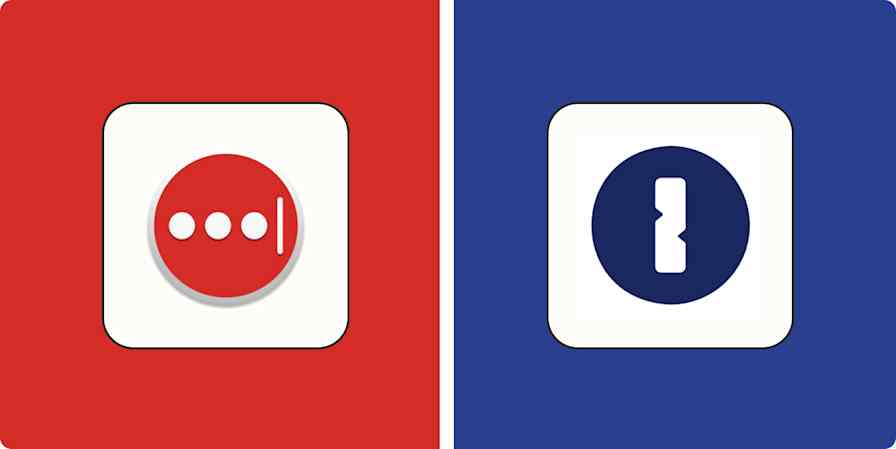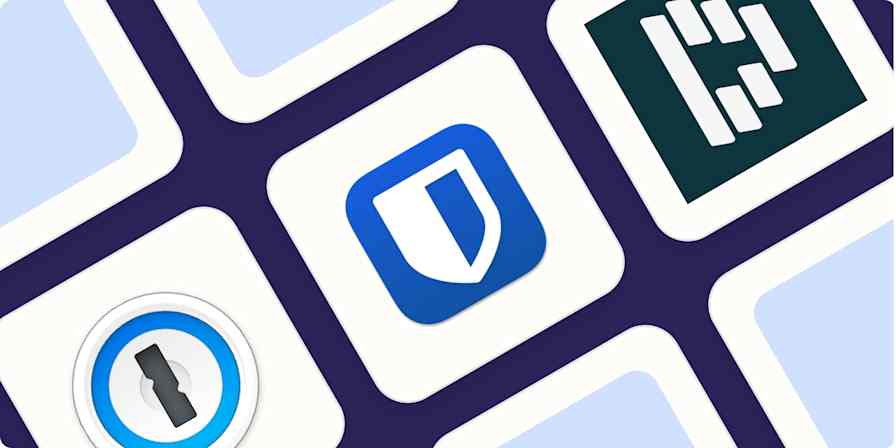Business tips
4 min readWhat is friendly fraud—and what can you do about it?
Here's how to prevent chargeback fraud and disputes.
By Ellie Huizenga · November 10, 2022

Get productivity tips delivered straight to your inbox
We’ll email you 1-3 times per week—and never share your information.
mentioned apps
Related articles
Improve your productivity automatically. Use Zapier to get your apps working together.








